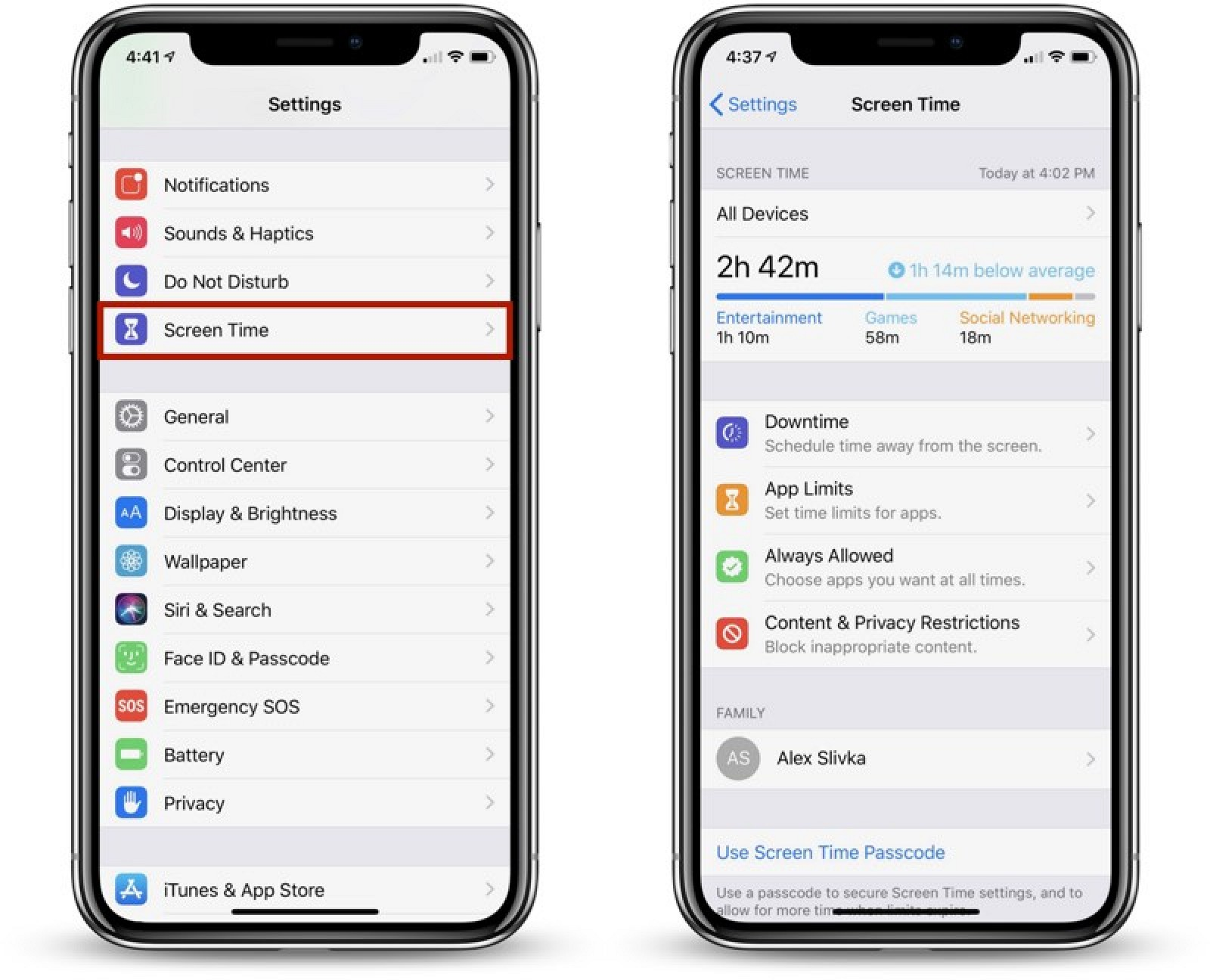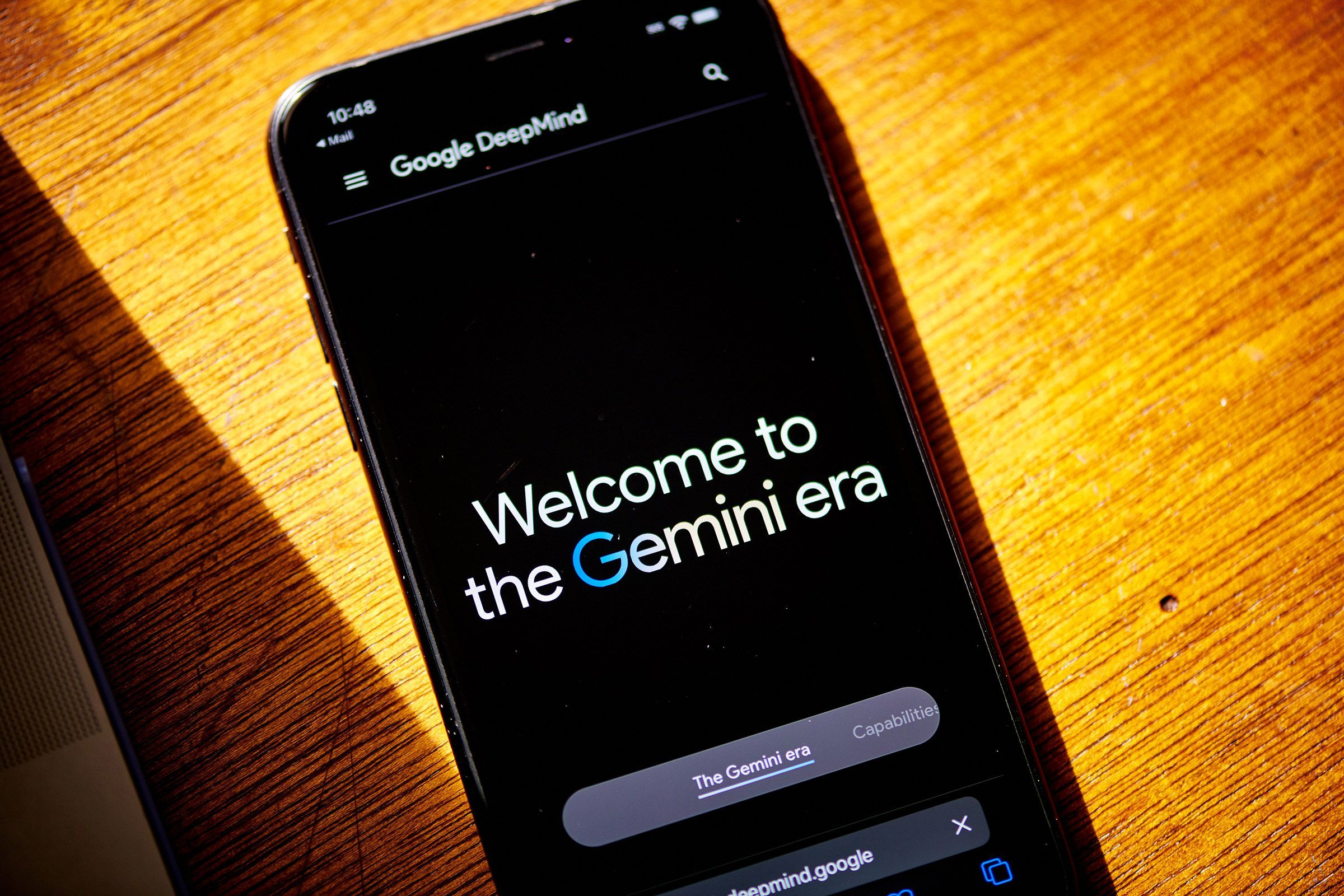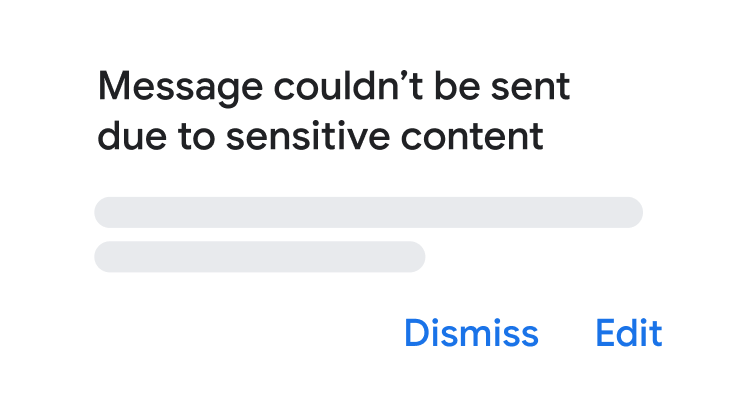Exploring the iPhone Screen Time feature has transformed my understanding of how I utilize my smartphone daily. Initially perceived as a nanny-state tool, activating this iOS usage tracking feature has revealed valuable insights into my iPhone app usage patterns. Every Monday, I receive a comprehensive report detailing which apps dominate my time and for how long I engage with them. This new perspective motivates me to use my iPhone effectively and make informed decisions about my digital habits. With the increase in time spent on certain apps, particularly while traveling, I am learning to adapt my smartphone home screens to better reflect my current needs.
Delving into the nuances of smartphone time management through the Screen Time function offers a fresh look at mobile app interactions. This innovative tracking mechanism allows users to monitor their device engagement, shedding light on app priorities and daily usage statistics. By analyzing the applications I frequently access, I can strategize effectively to enhance productivity and streamline my digital environment. Additionally, this resource supports mindful technology consumption, ultimately leading to a more balanced approach toward smartphone dependence. Understanding these patterns facilitates smarter decisions, whether at home or on the go, shaping a personalized mobile experience.
Understanding the iPhone Screen Time Feature
The iPhone Screen Time feature is a powerful tool within iOS that allows users to keep track of their device usage. By providing detailed reports on app usage, it helps individuals become more aware of their daily habits. This feature can initially feel intrusive, as it resembles a parental control mechanism that monitors and restricts behavior. However, once activated, the insights it offers can be enlightening. Users can monitor the amount of time spent on various applications, which is crucial for understanding and optimizing their iOS usage.
Furthermore, the Screen Time reports provide a comprehensive overview of app usage patterns over time. This information enables users to identify trends in their smartphone usage, whether it’s due to the presence of temporary apps during travel or routine apps for daily communication. It’s fascinating to observe how one’s app preferences can shift depending on location, like using Google Maps more frequently while traveling. Overall, the Screen Time feature can empower users to effectively manage their time on iOS.
Maximizing Efficiency with iOS Usage Tracking
iOS usage tracking via the Screen Time feature not only helps users understand how they engage with their devices but also promotes the concept of smart digital habits. By examining app usage statistics, individuals can easily identify unproductive patterns and make conscious decisions to alter their interactions with certain applications. For example, someone might discover they spend an excessive amount of time on social media, prompting a reevaluation of their app organization and home screen layout for a more streamlined experience.
Moreover, effective usage tracking can lead to practical adjustments that enhance productivity. By pinning frequently used educational or work-related apps to the home screen, users can reduce time spent searching for applications. This organization aids in minimizing distractions and helps prioritize tasks more efficiently, fostering a more focused approach to utilizing the iPhone.
How to Use iPhone Effectively: Tips and Tricks
Using an iPhone effectively involves more than simply knowing how to navigate the interface; it requires strategic management of apps and settings to maximize productivity. A smart practice is to curate your smartphone home screens by prioritizing essential applications and minimizing distractions by grouping less frequently used apps into folders. For users who travel often, it’s beneficial to modify the home screen layout based on the specific apps required during trips, like having Uber and Google Maps at the forefront.
Additionally, understanding your usage patterns through Screen Time can inform your decisions on which apps to keep easily accessible versus which to hide away. For instance, if educational apps like Duolingo yield high engagement, ensuring they are pinned on the home page can encourage regular practice. Overall, combining app management with the insights gained from iOS usage tracking can transform how individuals interact with their devices, catering to their specific needs and lifestyle.
The Importance of App Organization on Smartphone Home Screens
Organizing the home screen of your smartphone is crucial for optimizing app accessibility and usability. A cluttered home screen can lead to frustration and wasted time when searching for specific applications. Therefore, thoughtful arrangement of apps can significantly improve the user experience. Pinning frequently used apps to the home screen, as highlighted by the iPhone’s Screen Time reports, encourages consistent usage and can transform how users interact with their devices on a daily basis.
Moreover, distinguishing between work and leisure applications can further enhance efficiency. By categorizing apps or using folders for less critical apps, users can reduce distractions and streamline focus. For instance, keeping entertainment apps separate from work-related tools eliminates the likelihood of drifting into Facebook while attempting to focus on a task. This organized approach not only promotes better time management but also supports productivity goals.
Tracking App Usage for Personal Growth and Development
Tracking app usage through features like iPhone Screen Time opens doors for personal growth and self-awareness. By analyzing reports on app usage, individuals can identify less productive habits and make meaningful adjustments based on their goals. For example, if someone notices they are spending excessive time on Instagram, they might decide to allocate that time towards more fulfilling activities such as online courses or hobbies they wish to pursue.
Self-reflection through usage tracking can lead to positive lifestyle changes as users identify priorities and align their daily actions with their personal values. Additionally, by setting time limits on specific applications, individuals can foster healthier digital habits that contribute to overall well-being and life balance.
The Impact of Location on App Preferences
Location plays a significant role in dictating app preferences and usage, a fact underscored by tracking through the iPhone’s Screen Time. As demonstrated in personal experiences, when traveling, certain apps like Google Maps and Uber become indispensable, resulting in increased usage compared to a typical home environment. This fluctuation in app utilization highlights the need for tailored app organization based on geographic context.
Additionally, understanding how your location affects app engagement can guide strategic home screen management. For users who travel frequently, customizing the home screen to include essential apps for immediate access improves convenience and efficiency. By doing so, users can streamline their technology use according to situational needs, maximizing the iPhone’s utility and enhancing their travel experiences.
Exploring the Benefits of Regular Screen Time Reports
Receiving regular Screen Time reports from the iPhone can be a transformative experience for many users, providing insights that unlock a deeper understanding of their digital habits. These reports deliver a cohesive summary of app engagement, showcasing which applications dominate daily routines. This data can help users discern trends, facilitating more informed choices about how to structure their smartphone interactions.
Moreover, consistent review of usage reports can motivate users to establish healthier boundaries around screen time. By identifying particularly high usage apps and setting goals to minimize time spent on them, individuals can cultivate a mindful approach to their digital lives. The ultimate aim is not necessarily to curb all screen time but rather to ensure that the time spent aligns with one’s personal objectives and well-being.
Leveraging Technology for Better Daily Productivity
Incorporating the Screen Time feature into daily routines is an excellent way to leverage technology for enhanced productivity. As users become more attuned to their app usage trends, they can tailor their digital environment to promote optimal focus and efficiency. For example, those who frequently use productivity apps can ensure they are front and center on the home screen while less important apps are relegated to folders, effectively reducing distractions.
Additionally, utilizing notifications and do-not-disturb features in tandem with insights from Screen Time can create a more controlled digital environment. This strategy not only curtails interruptions but can also enhance mental clarity during work sessions. Ultimately, by embracing technology smartly and thoughtfully, users can create a tailored experience that supports their unique productivity needs.
Future-Proofing Your iOS Experience with Smart Adjustments
Future-proofing your iOS experience can be achieved through regular adjustments based on insights from the Screen Time feature. Technology and user behaviors are always evolving, making it essential to periodically reassess one’s app choices and organization. As new applications are developed, users may find themselves gravitating towards different tools that better suit their changing needs, whether for productivity, leisure, or communication.
By routinely reviewing app usage stats and adapting home screens accordingly, users can ensure that their device remains a powerful ally in achieving personal goals. This approach not only sharpens digital engagement but also instills a sense of ownership over one’s technology, paving the way for an iPhone experience that thrives on relevance and utility.
Frequently Asked Questions
What is the Screen Time feature on iPhone and how does it help with iOS usage tracking?
The Screen Time feature on iPhone provides detailed insights into your app usage and device interactions. It tracks how long you spend on various apps, allowing you to see your daily and weekly activity reports. This helps users manage their iOS usage effectively by understanding their habits, setting limits, and ultimately making more informed decisions about their screen time.
How do I activate Screen Time on my iPhone for monitoring app usage?
To activate Screen Time on your iPhone, go to Settings > Screen Time, then tap ‘Turn On Screen Time.’ Follow the prompts to set up the feature, including choosing whether to set limits for certain apps or categories. Once activated, you will receive regular reports regarding your iPhone app usage.
Can Screen Time help me use my iPhone more effectively?
Yes, the Screen Time feature can help you use your iPhone more effectively by providing insights into your app usage. This allows you to identify which apps consume most of your time, set usage limits to curb excessive use, and focus on apps that contribute positively to your daily activities.
How can I adjust my iPhone home screens based on Screen Time reports?
After reviewing your Screen Time reports, you can adjust your iPhone home screens by pinning the most frequently used apps for easy access or creating folders to decrease clutter. For example, if the report shows that you frequently use Google Maps while traveling, you could pin it to your home screen for quick access.
Is it possible to track Screen Time usage for individual apps on my iPhone?
Yes, you can track Screen Time usage for individual apps on your iPhone. Simply go to Settings > Screen Time > See All Activity, where you can view how much time you’ve spent on each app, along with a breakdown of daily and weekly usage. This information is useful for determining which apps may need usage restrictions.
How does Screen Time differentiate app usage when I’m traveling versus being at home?
Screen Time on your iPhone records app usage based on actual interactions, regardless of your location. For instance, if you use Google Maps or Uber more frequently while traveling, those apps will show increased usage time in your Screen Time report compared to when you are at home.
What should I do if I find Screen Time reports overwhelming or unhelpful?
If you find Screen Time reports overwhelming, consider adjusting your settings to focus on the most relevant information. You can set app limits or disable notifications for certain apps to reduce distractions. Alternatively, take breaks from checking your reports and use the information as a general guideline rather than a strict rule.
| Key Feature | Details |
|---|---|
| Screen Time Feature | Activated to monitor daily app usage. |
| Usage Insights | Provides a weekly report on app usage, detailing most frequently used apps and time spent. |
| Initial Perception | Initially viewed as an unnecessary feature, but now seen as beneficial. |
| Top Apps Used | Messages, Duolingo, Instagram, Facebook, Edge/Outlook. |
| Changes Made | Rearranged home screen layout, moving Messages back to accessible locations. |
| Travel Impact | Usage patterns change based on location (e.g., Google Maps and Uber used more in Mexico). |
Summary
iPhone Screen Time is a crucial feature for monitoring and understanding how we engage with our devices. By activating this function, users can gain insights into their app usage patterns, making it easier to manage time spent on less productive activities. As seen in personal experimentation, the data provided by Screen Time aligns closely with user behavior, revealing which applications dominate daily use. This can be especially useful for individuals who travel frequently, as app usage can vary significantly with location. Ultimately, iPhone Screen Time can help cultivate healthier device habits.



